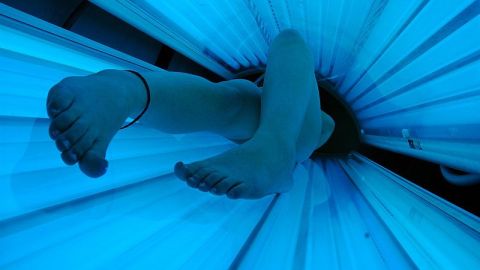To the Brain, Tanning Is a Drug

What’s the Latest Development?
According to new research, people who use tanning beds respond to artificial ultraviolet light (U.V.) the way same drug addicts respond to drugs. A forthcoming article in the journal Addiction Biology reports that several parts of the brain that play a role in addiction were activated when subjects in a scientific study were exposed to U.V. rays. “What this shows is that the brain is in fact responding to U.V. light, and it responds in areas that are associated with reward,” said Dr. Bryon Adinoff, a professor of psychiatry at the University of Texas Southwesern.
What’s the Big Idea?
That the brain responds to tanning beds the same way it might respond to drugs like cocaine may suggest why people continue to tan despite the known health risks associated with exposure to U.V. radiation. “Despite all the public warnings about skin cancer, tanning remains as popular as ever, with nearly 30 million Americans tanning indoors every year, and more than a million visiting tanning salons on an average day.” One question remains: Are the characteristics of artificial U.V. rays different from the ones naturally produced by the sun?



